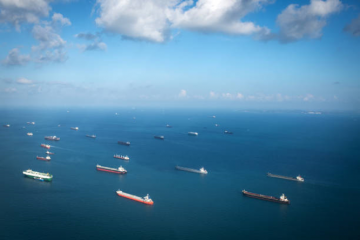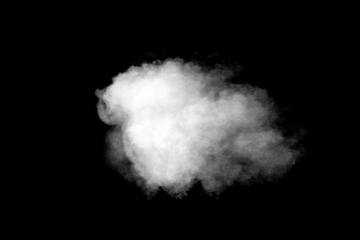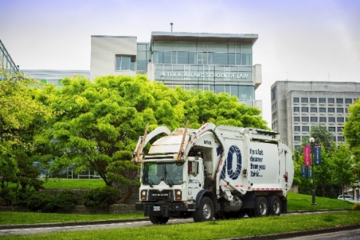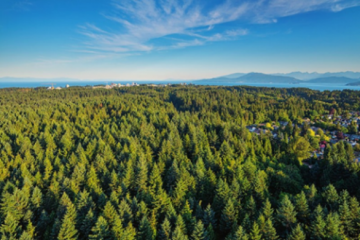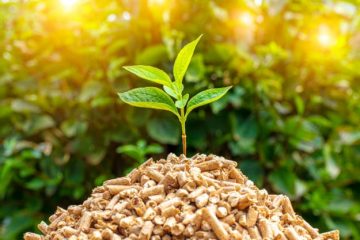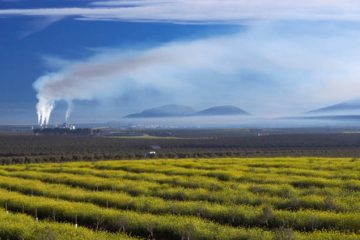Industry Project
BC-SMART: Biofuels for decarbonizing long distance transport in BC
IEA Bioenergy Task 39 – commercializing conventional and advanced transport Biofuels from Biomass and other renewable feedstocks
Characterization and Mitigation of Methane Emissions in Real-World Conditions of a Marine Vessel
Wave modulation spectrometry (WMS) is a simple and inexpensive technology being used measure methane emissions, a potent greenhouse gas, from the exhaust of natural gas-fuelled marine vessels, in partnership with Seaspan Ferries.
Visual Characterization of a Pilot-Ignited Direct-Injection Natural Gas Combustion
A convertible thermodynamic/optical engine at CERC is being used to understand what happens inside an engine cylinder with a direct-injected diesel and natural gas fuel system that can lower the greenhouse gas emissions in heavy-duty trucks by 10-15%.
Real-World Emissions from Hydrogen Subs institution with a Heavy-Duty Diesel Truck
Diesel engines have found widespread use in heavy-duty transportation because of their durability and fuel efficiency but are also a source of considerable CO2 emissions. To maintain the well-established diesel infrastructure while lowering its environmental impact, hydrogen can be used to displace petroleum-based diesel in existing engines with minimal modifications.
Natural Gas Future Consortium
Industry-led applied research and education initiative to provide reliable, evidence-based recommendations and technology solutions for the safe and environmentally responsible use of natural gas
Bio-syngas for lime kilns and upgrading to renewable natural gas
Gasification of biomass residues to synagas and renewable natural gas in two-stage fluidized beds
Torrefaction in a pulsed fluidized bed with heat recovery
Torrefaction is a very promising approach to make the 2nd generation high quality biomass pellets, called torrefied pellets which are produced by thermally treating the raw biomass at 250 to 300C to remove 20 to 30% mass as volatiles before densification.
Pyrolysis in microwave-assisted pulsed fluidized beds
There are estimated 30 million tons of forest residues available each year at British Columbia, which can be converted to high-value liquid biofuels or biochemicals.

